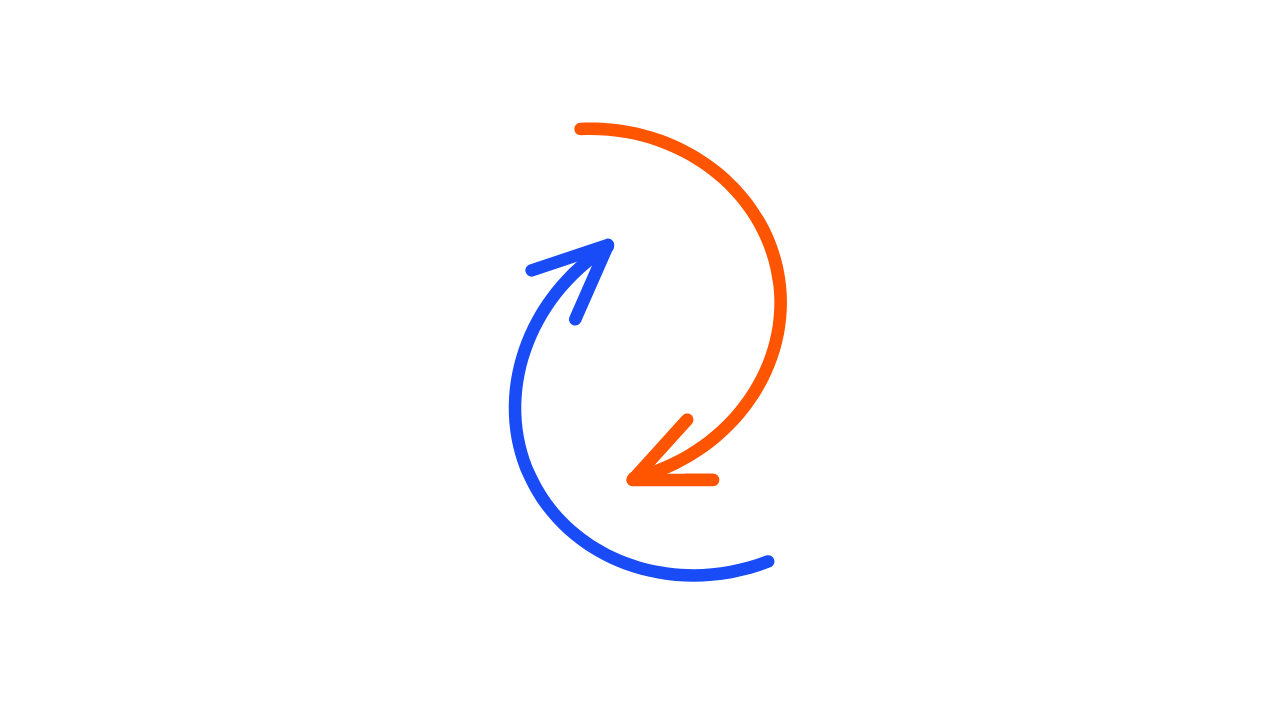The Benefits and Challenges of a Two-Sided Marketplace Business Model


Bruce Peck
Dec 18, 2022 · 3 min readWhat is a two sided marketplace?
A two-sided marketplace, also known as a platform or multisided marketplace, is a type of online platform that connects two distinct groups of users and facilitates transactions between them.
The two groups of users are typically referred to as the "demand side" and the "supply side" and may include individuals, businesses, or other organizations.
Some of the most widely recognized and powerful technology companies use this business model, some examples include: Airbnb, which connects travelers with people who have spare rooms or properties to rent and eBay, which connects buyers and sellers of goods and services.
Other examples include ride-sharing platforms like Uber, which connect drivers with passengers, and dating apps like Tinder, which connect individuals seeking romantic partners.
In a two-sided marketplace, the platform acts as a intermediary, facilitating the connection and communication between the two groups of users and often providing additional services such as payment processing and dispute resolution.
Benefits of a Two Sided Marketplace
Let’s start by looking at the rosy side of two sided marketplaces. The first major benefit of a marketplace is it’s potential for network effects.
As more users join a two-sided marketplace, the value of the platform increases for both sides, leading to a virtuous cycle of growth. This is why it is so hard for an up and coming app to dethrone an incumbent like AirBnb.
For your app to be better it would need to have just as many or more hosts all around the world, which, is pretty expensive and difficult.
Marketplaces can also be efficient at matching supply and demand by connecting buyers and sellers in real time, reducing search costs and increasing the likelihood of successful transactions.
The Challenge of a Two Sided Marketplace
You remember when we said how great it is to have network effects? Well, it’s great when you are on the other side, but can be very challenging on the way up.
One of the main challenges of getting those network effects to kick in is the fundamental chicken and an egg problem of marketplaces.
Think of it this way, who would go to a grocery store if it had no items for sale? And who would want to sell their items at a store that had no customers?

How to Get Past the Chicken & Egg Problem
How do you get around this? Every startup deals with this in a different way, but some of the most common were mentioned in this article by Applico:
1. Enter with significant pre-investment: If you start with a ton of money in investment you can convince the suppliers to come on promising that you’ll use those resources to market them once you get started.
2. Build a cooperative strategy: Rather than trying to build a network on your own, work with someone that already has a network.
3. Act as a producer: If you act like a traditional business at the beginning by producing your own product for the consumer, then once you hit a critical mass of users you can start allowing other producers on the platform.
4. Create a single player mode: Make the platform usable for people just by themselves and then to get the demand supply and then add the producers later.
Summary
In summary, the benefits of a two-sided marketplace business model include the ability to quickly and easily connect buyers and sellers, potential for high revenue growth, and the ability to capture a large share of the market. However, the challenges include the need to attract and retain a large number of users, the complexity of managing transactions, and the potential for competition from other marketplaces.
Helpful Links
- Required reading for marketplace startups - by Andrew Chen
- 7 Strategies for Solving the Chicken & Egg Problem for a Startup - Alex Mozaed